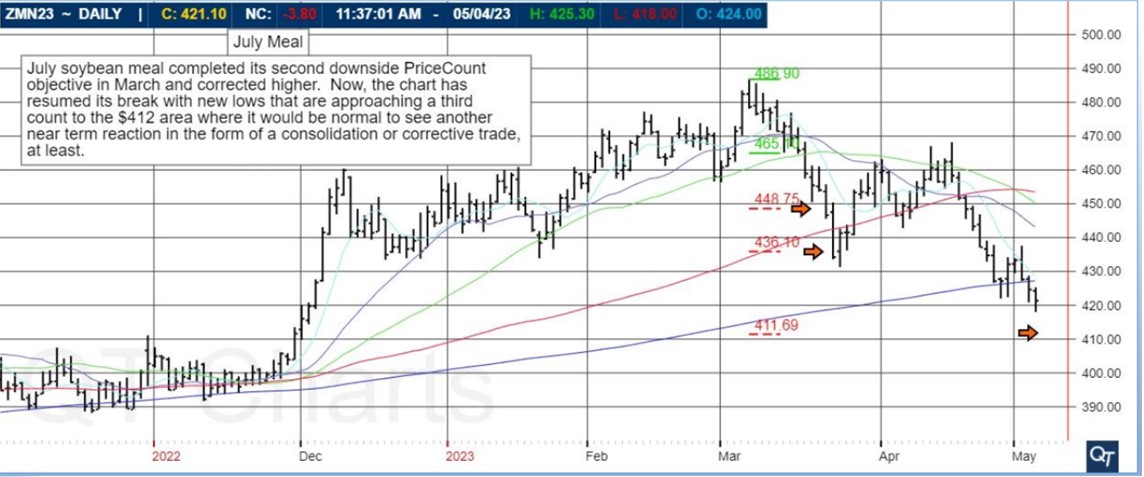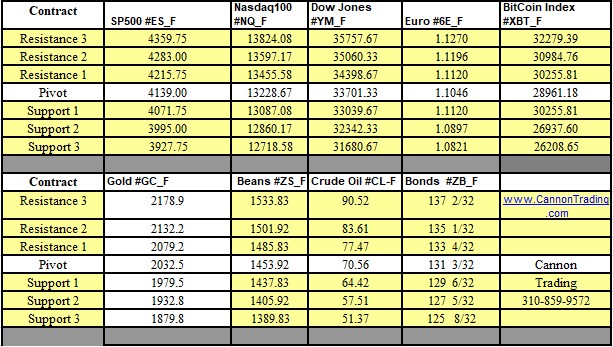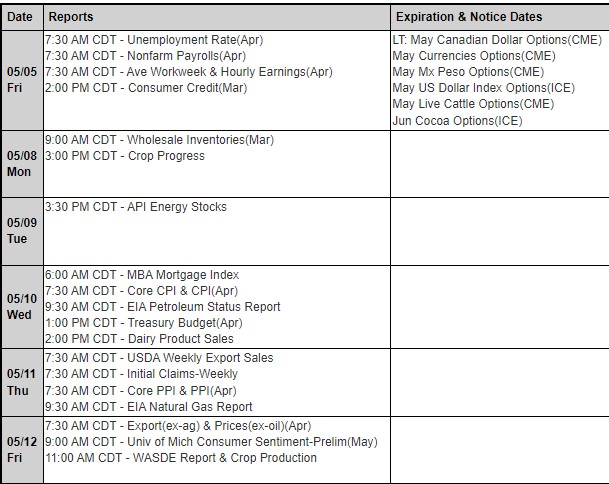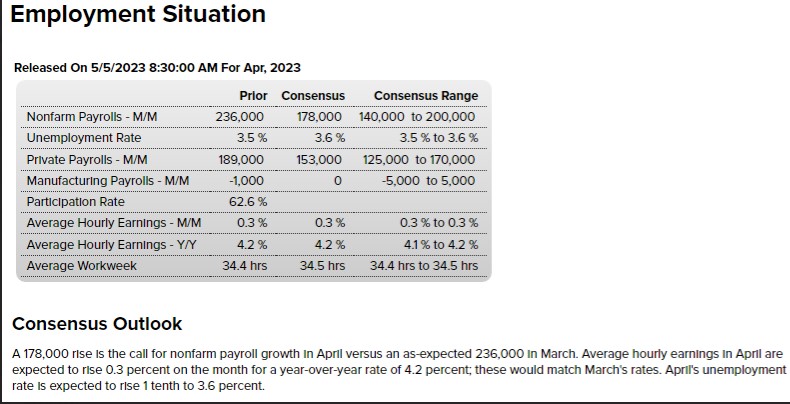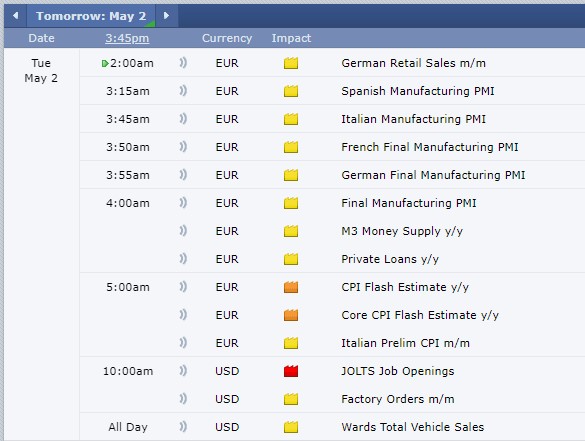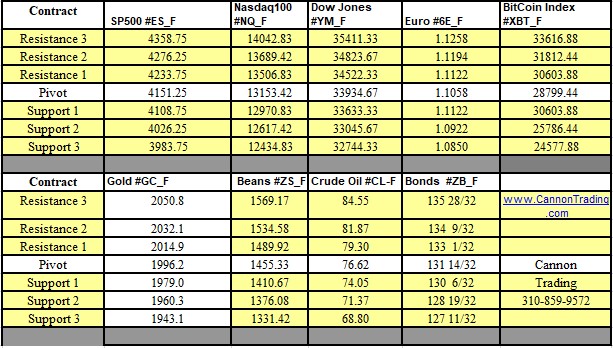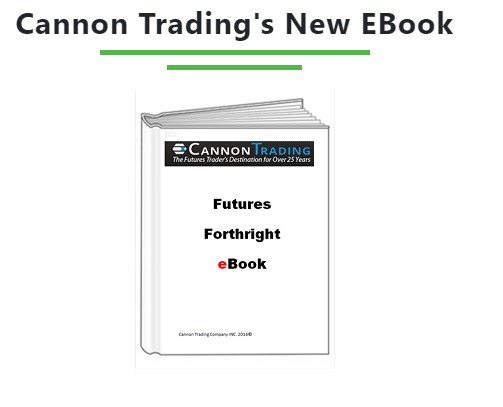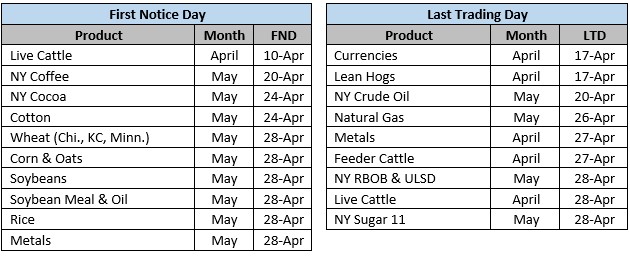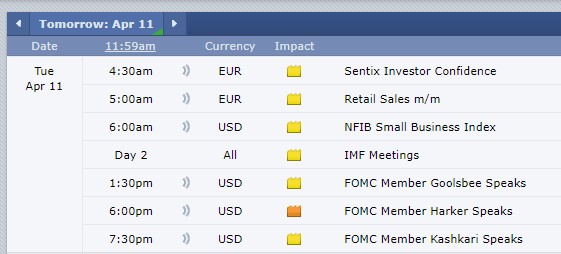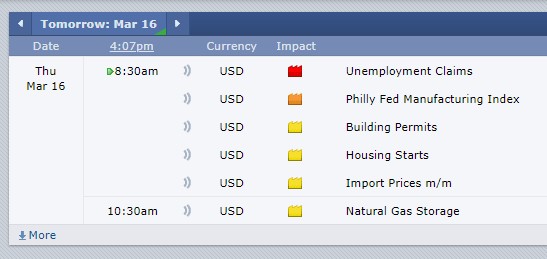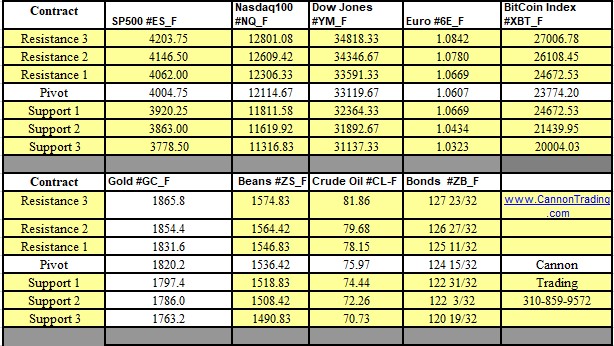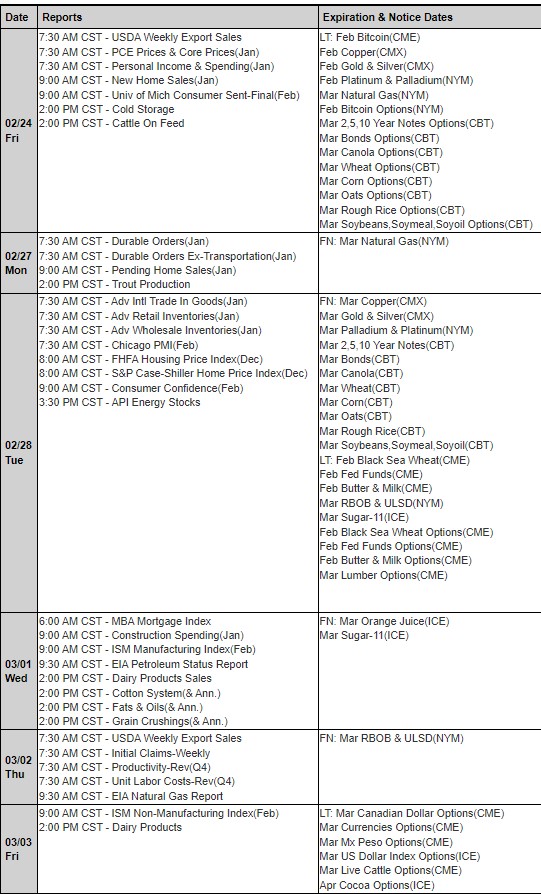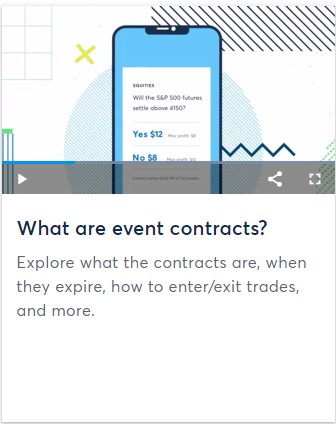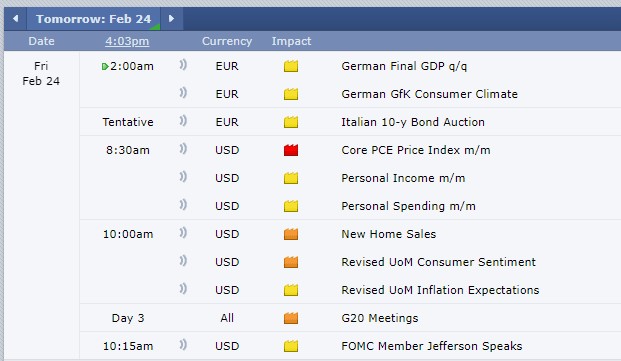The week Ahead:
By John Thorpe, Senior Broker
The week ahead, more inflation data and the Elephant in the room. Joe Biden is heading into a critical week with congressional leaders over the debt limit . A battle that neither side wants, that neither side wants to compromise on, but both sides need to resolve. A Tuesday meeting will provide odds of a resolution happening in the few weeks remaining before the debt default deadline, June 1st. Be prepared for the volume on each sides megaphone’s to be amplified by the ten’s of decibels. What we do know this week is that no less than 4 Fed board governors will be speaking, 2 on Tuesday during market hours; 7:30 am CDT and 11:05 am CDT respectively, 9:15am CDT Wednesday with Bullard wrapping up the speaking engagements after the Friday close, potentially impacting Sunday nights trade. Inflation DATA : Fasten your seat belts for these 2 numbers CPI Wednesday morning @ 7:30 CDT , economists expectations are really no change from the previous months data, that seems like more of a hope to me, be ready if you like to trade the CPI for anything. Speaking of being ready for anything, Thursday mornings release of the PPI @ 7:30 am CDT may also create unnatural volatility as economists are expecting producer prices to have increased in April from the March reports decline. prepare yourselves for large intraday moves. keep your ears to the wall as you listen for clues to further fed tightening or pauses as these Fed Governors’ speak. At Cannon we are known for creating a trading plan and trading that plan.
Plan your trade and trade your plan.
Plan your trade and trade your plan.
Trading Futures, Options on Futures, and retail off-exchange foreign currency transactions involves substantial risk of loss and is not suitable for all investors. You should carefully consider whether trading is suitable for you in light of your circumstances, knowledge, and financial resources. You may lose all or more of your initial investment. Opinions, market data, and recommendations are subject to change at any time when it comes to Futures Trading.
Futures Trading Levels
for 05-09-2023

Economic Reports, Source:
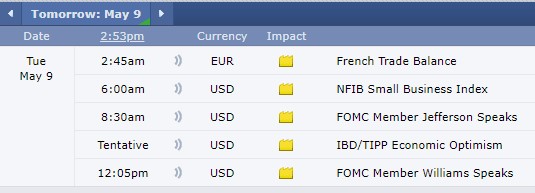
This is not a solicitation of any order to buy or sell, but a current market view provided by Cannon Trading Inc. Any statement of facts here in contained are derived from sources believed to be reliable, but are not guaranteed as to accuracy, nor they purport to be complete. No responsibility is assumed with respect to any such statement or with respect to any expression of opinion herein contained. Readers are urged to exercise their own judgement in trading.



